I will post it at commend for each queen
- Formiculture.com
- Forums
- Gallery
- Members
- Member Map
- Chat
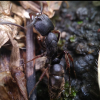
I will post it at commend for each queen
Colony:
2 Odontomachus aciculatus
2 Polyrachis Dives
3 Camponotus sp
1. Location (on a map) of collection: Bandung
2. Date of collection: 02 November 2019
3. Habitat of collection: City forest
4. Length (from head to gaster): 8 mm
5. Color, hue, pattern and texture: head: orange, torax: dark brown, gaster: dark brown strip white (top), white (bottom)
6. Distinguishing characteristics:
7. Distinguishing behavior: quick movement
8. Nest description:
9. Nuptial flight time and date: 8.00 AM
Catch 2 deallate and 1 allate
my guess its Camponotus
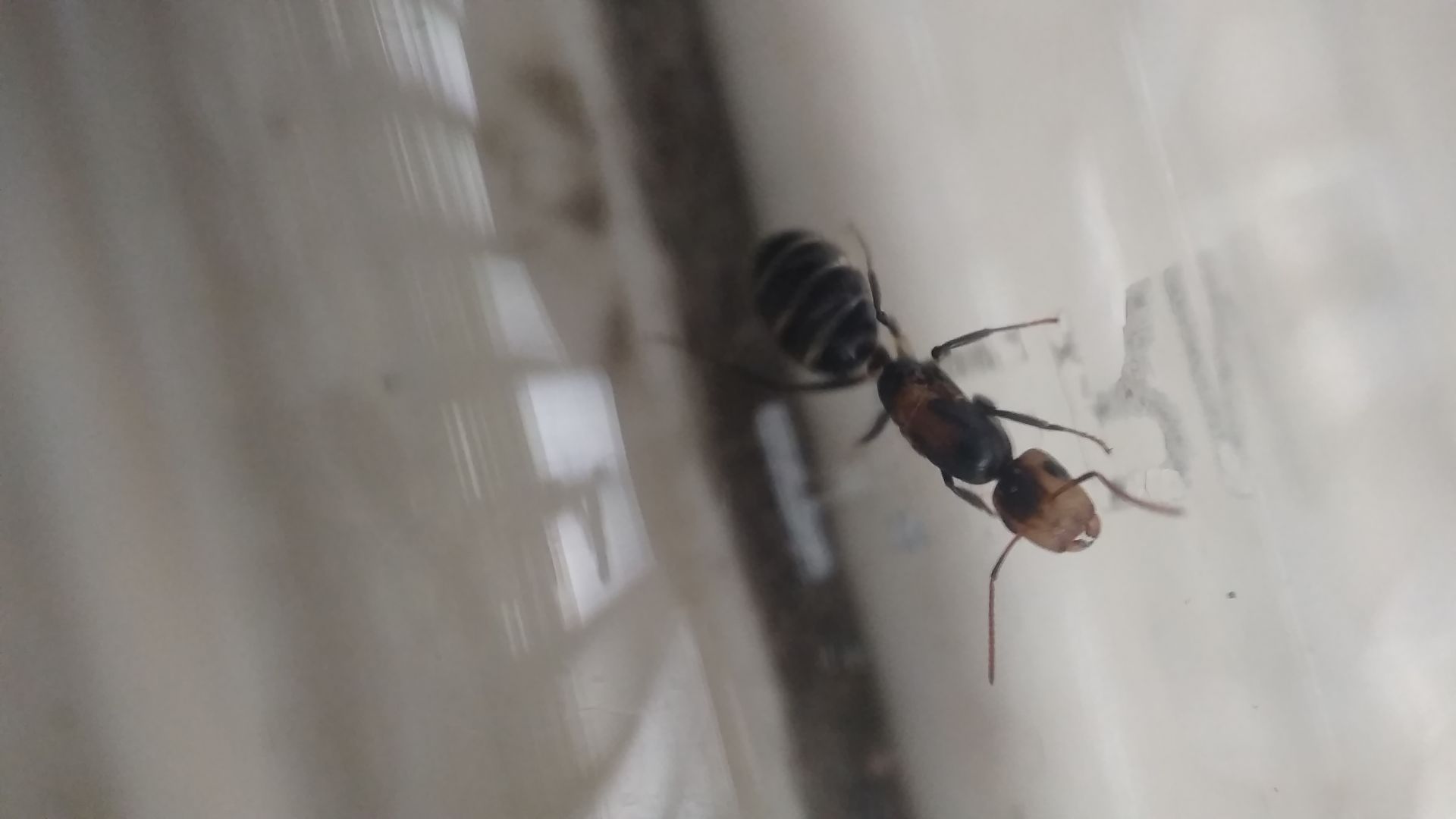
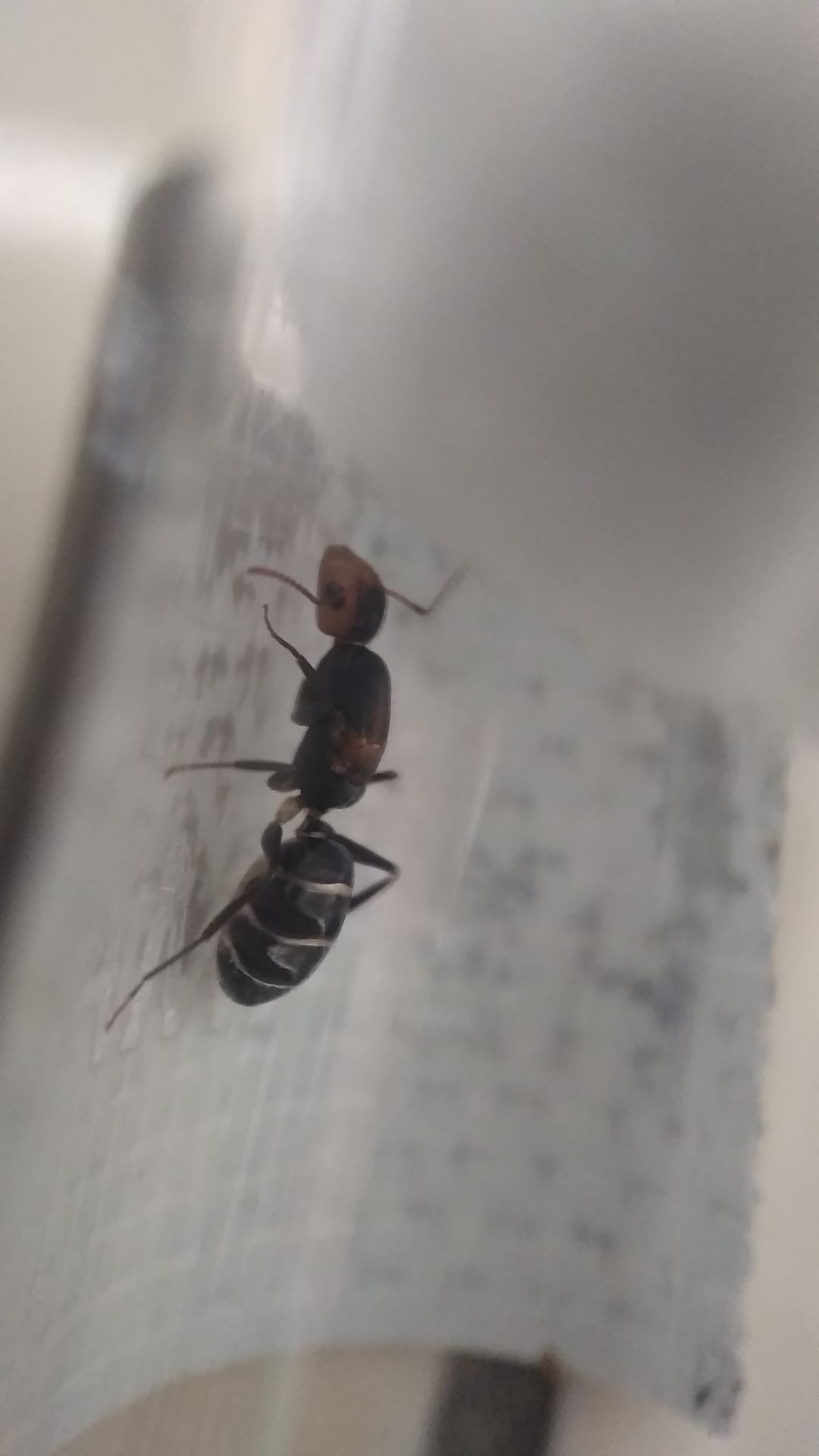
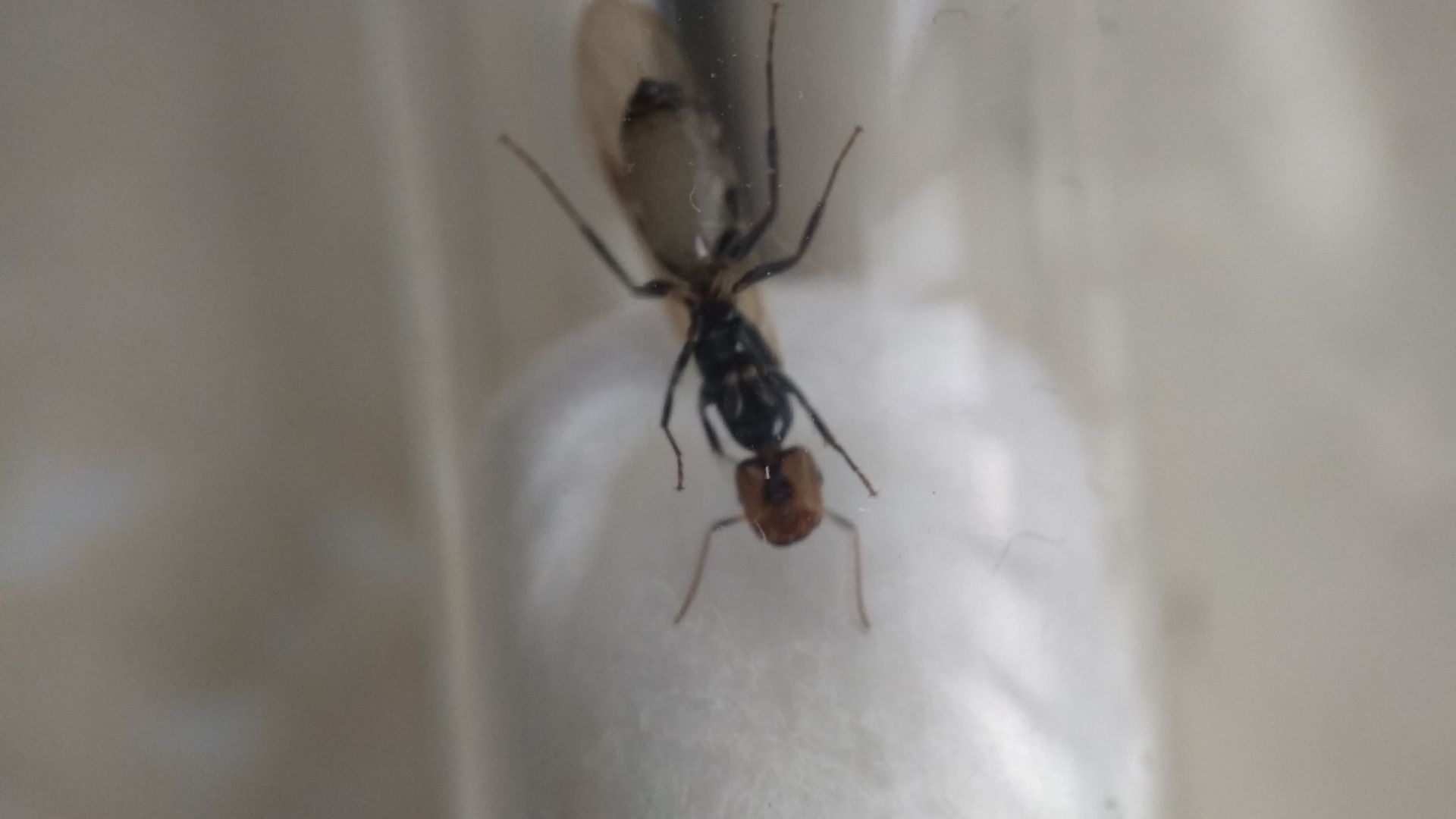
Edited by Dnail, November 4 2019 - 7:27 AM.
Colony:
2 Odontomachus aciculatus
2 Polyrachis Dives
3 Camponotus sp
1. Location (on a map) of collection: Bandung, West Java, Indonesia
2. Date of collection: 04 November 2019
3. Habitat of collection: swarm at lamp on the street near park
4. Length (from head to gaster): 18 mm
5. Color, hue, pattern and texture: brown light to dark
6. Distinguishing characteristics: it can bite but not hurt
7. Distinguishing behavior:
8. Nest description:
9. Nuptial flight time and date: 8.00 pm
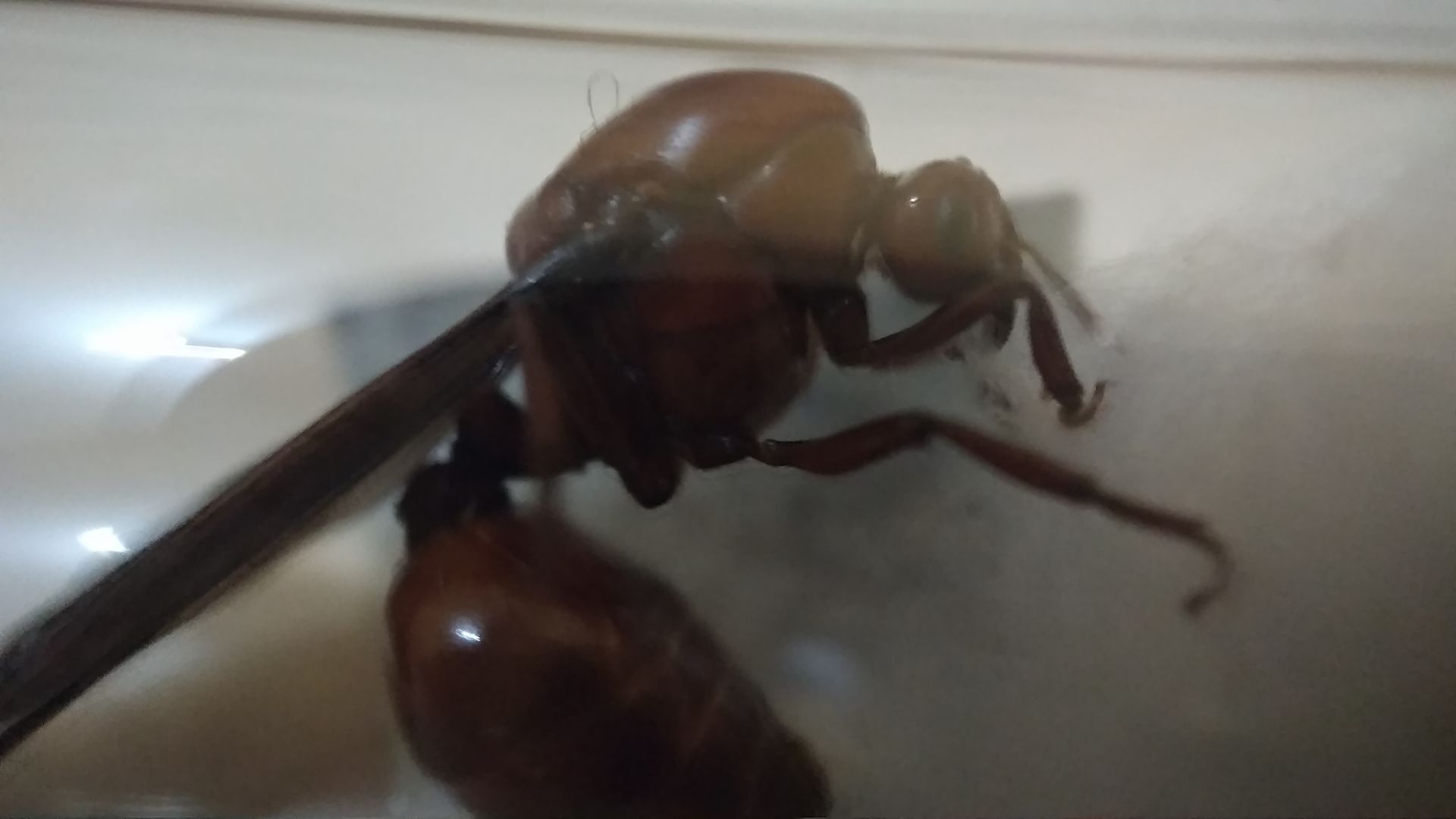 [Images of ant]
[Images of ant]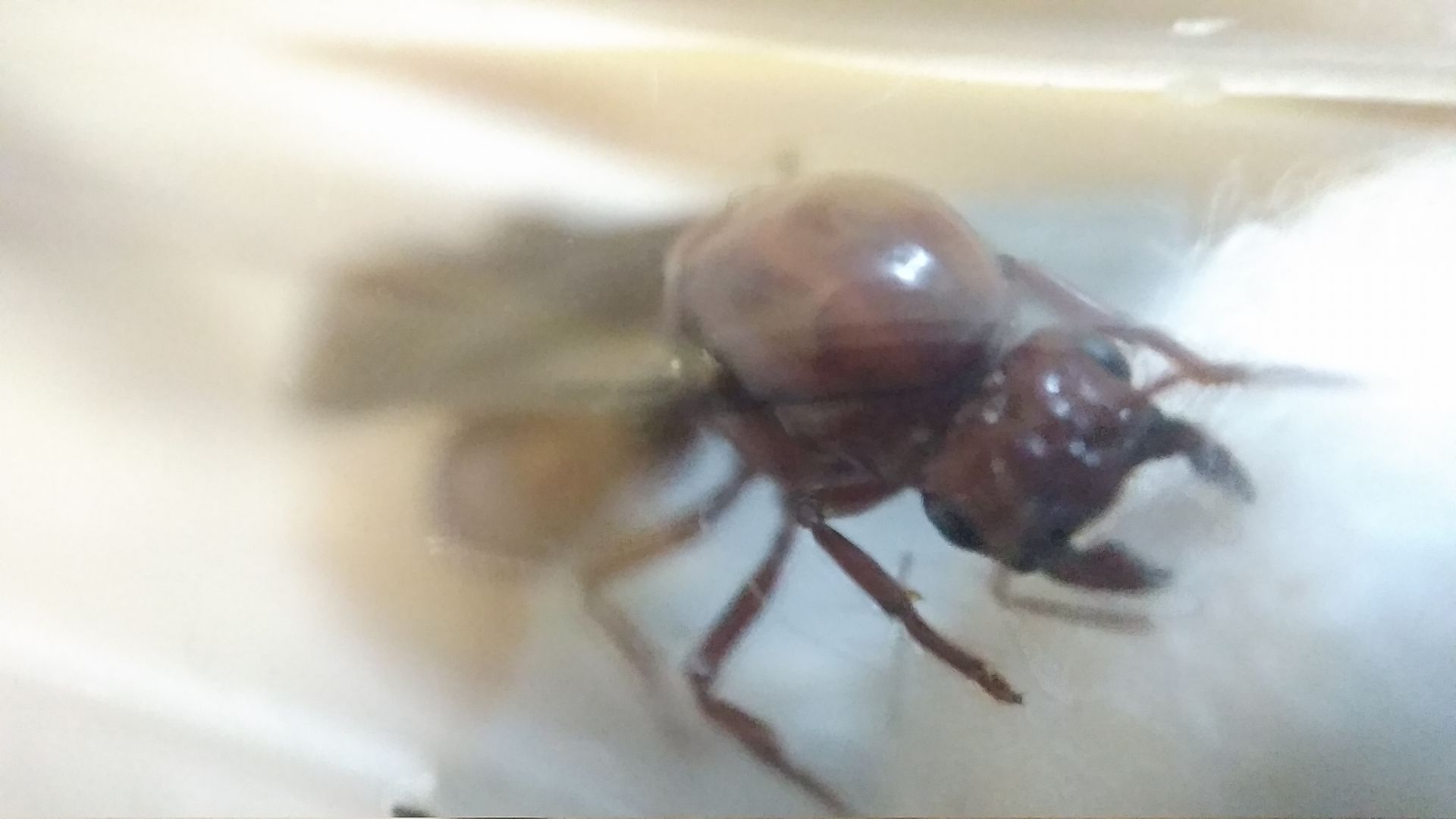 [Images of ant]
[Images of ant]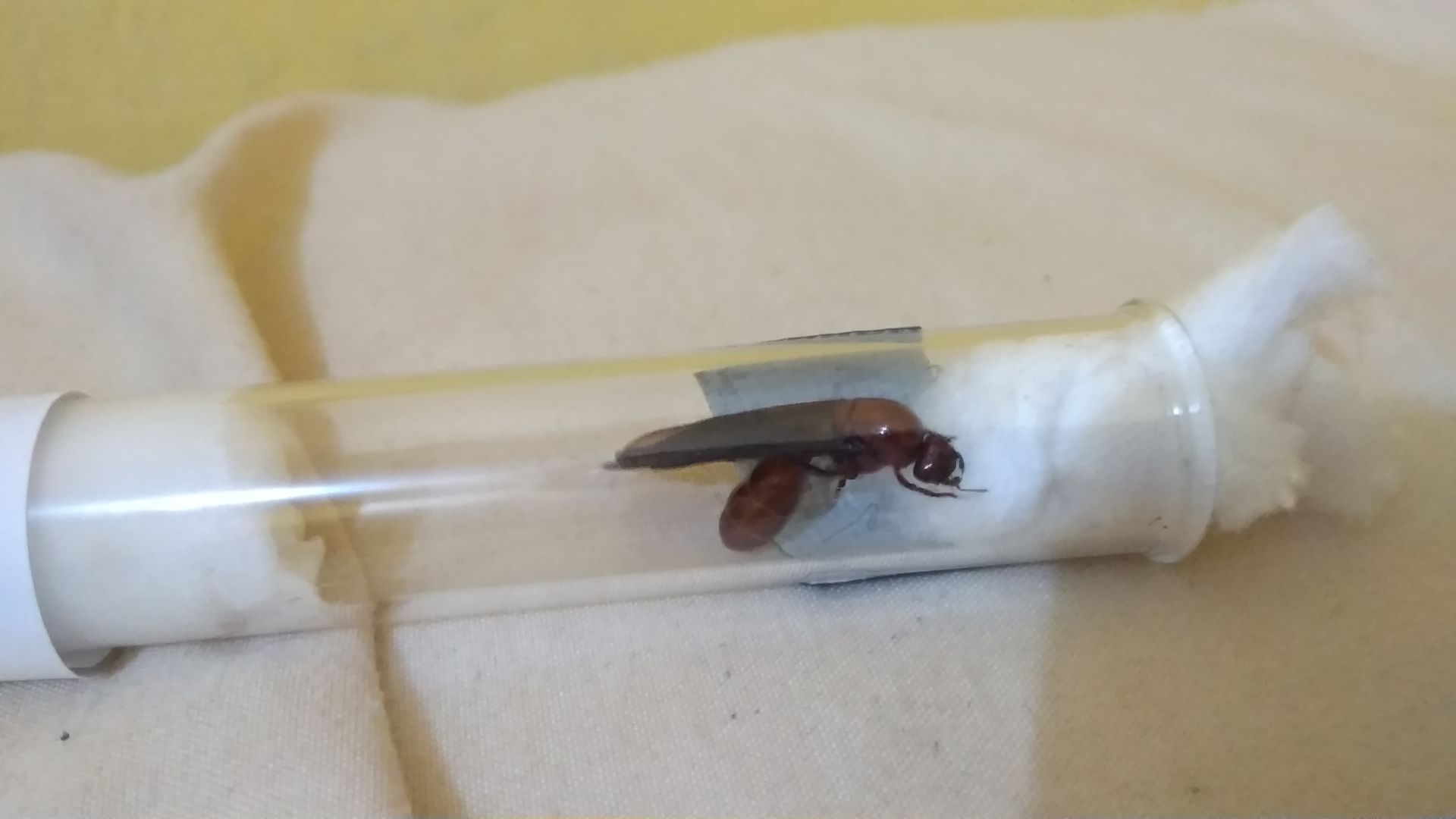 [Images of ant]
[Images of ant]Colony:
2 Odontomachus aciculatus
2 Polyrachis Dives
3 Camponotus sp
My Main Journal | My Neivamyrmex Journal | My Ant Adoption | My YouTube
Join the TennesseeAnts Discord Server! https://discord.gg/JbKwPgs
i agree with the carebara
The first queen is Camponotus sp., perhaps in the Myrmaphaenus or Myrmobrachys subgenus and the second queen is Carebara castanea.
Currently Keeping:
Camponotus chromaiodes, Camponotus nearcticus, Stigmatomma pallipes, Strumigenys brevisetosa, Strumigenys clypeata, Strumigenys louisianae, Strumigenys membranifera, Strumigenys reflexa, Strumigenys rostrata
The first queen is Camponotus sp., perhaps in the Myrmaphaenus or Myrmobrachys subgenus and the second queen is Carebara castanea.
I agree with Camponotus and Carebara.
However, I wouldn't state the subgenera for the Camponotus—those are both endemic to the Americas.
As for the species ID, I wouldn't go that far, either. Not only is C. castanea native to Indochina (While this was found on Java, an island hundreds of miles away from where specimens of C. castaena were collected), but the pictures aren't near good enough to get an accurate ID. Especially in a biological hotspot, which has 26 Carebara species alone.
Edited by Martialis, November 4 2019 - 11:05 AM.
The first one is Colobopsis or Camponotus, the second one is Carebara cf. castanea. (In case you didn't know, the cf. is not part of the species name, but is added to indicate uncertainty.)
Currently keeping:
Tetramorium immigrans, Pogonomyrmex occidentalis
Myrmica punctiventris, Formica subsericea
Formica pallidefulva, Aphaeogaster cf. rudis
Camponotus pennsylvanicus
Camponotus nearcticus
Crematogaster cerasi
Temnothorax ambiguus
Prenolepis imparis
My Main Journal | My Neivamyrmex Journal | My Ant Adoption | My YouTube
Join the TennesseeAnts Discord Server! https://discord.gg/JbKwPgs
My Main Journal | My Neivamyrmex Journal | My Ant Adoption | My YouTube
Join the TennesseeAnts Discord Server! https://discord.gg/JbKwPgs
The first one is Colobopsis or Camponotus, the second one is Carebara cf. castanea. (In case you didn't know, the cf. is not part of the species name, but is added to indicate uncertainty.)
Hence the cf.
Currently keeping:
Tetramorium immigrans, Pogonomyrmex occidentalis
Myrmica punctiventris, Formica subsericea
Formica pallidefulva, Aphaeogaster cf. rudis
Camponotus pennsylvanicus
Camponotus nearcticus
Crematogaster cerasi
Temnothorax ambiguus
Prenolepis imparis
The species Carebara lignata, found in Java, appears to be very similar to castanea. It's largely possible this queen is that species.
I'm thinking colobopsis and carebara lignata (note that carebara queens are EXTREMELY sensitive and should not be disturbed unless absolutely necessary)
Edited by Manitobant, November 4 2019 - 5:30 PM.
My Main Journal | My Neivamyrmex Journal | My Ant Adoption | My YouTube
Join the TennesseeAnts Discord Server! https://discord.gg/JbKwPgs
Oh that's Carabera quenn, should have catch more ![]()
i put 3 of them in test tube with soil, 1 with coco peat, 2 with nothing (plain test tube), and 1 i just dump her at container with soil (she start digging chamber this morning)
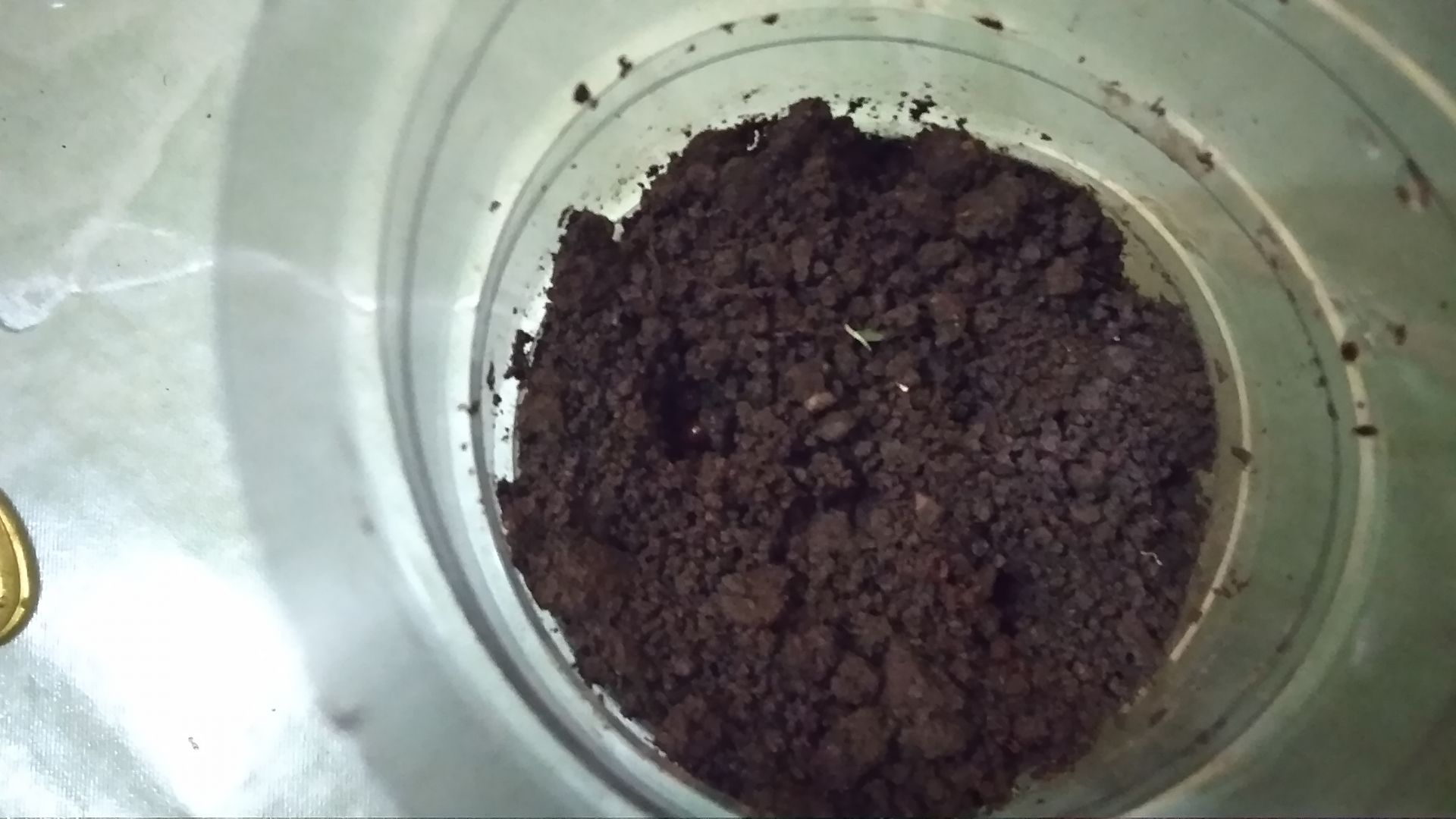
Colony:
2 Odontomachus aciculatus
2 Polyrachis Dives
3 Camponotus sp
My Main Journal | My Neivamyrmex Journal | My Ant Adoption | My YouTube
Join the TennesseeAnts Discord Server! https://discord.gg/JbKwPgs
Again, Colobopsis have truncated faces.
In many species, truncation is less evident, especially in queens. The ant in question looks about right for Colobopsis vitrea, but could just as easily be a phragmotic Camponotus species like C. bellus.
Colobopsis vitrea:
https://www.antweb.o...t=allantwebants
Currently keeping:
Tetramorium immigrans, Pogonomyrmex occidentalis
Myrmica punctiventris, Formica subsericea
Formica pallidefulva, Aphaeogaster cf. rudis
Camponotus pennsylvanicus
Camponotus nearcticus
Crematogaster cerasi
Temnothorax ambiguus
Prenolepis imparis
Again, Colobopsis have truncated faces.
In many species, truncation is less evident, especially in queens. The ant in question looks about right for Colobopsis vitrea, but could just as easily be a phragmotic Camponotus species like C. bellus.
Colobopsis vitrea:
https://www.antweb.o...t=allantwebants
i check both of them, they look similar ![]() , maybe we need to wait until she have worker
, maybe we need to wait until she have worker
so far i never saw worker with this kind of coloration.
both of them fully claustral right?
Colony:
2 Odontomachus aciculatus
2 Polyrachis Dives
3 Camponotus sp
0 members, 1 guests, 0 anonymous users